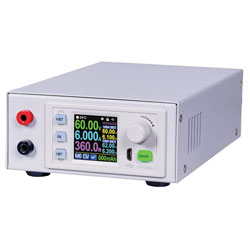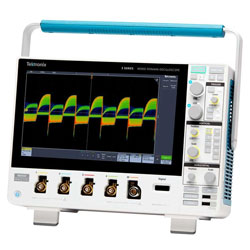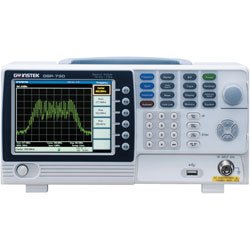Bench Digital Multimeters
As the most commonly used instruments on any design engineer’s bench, a digital multimeter (DMM) is utilised to make quick and simple voltage measurement or data log temperature measurements over time. From concept to prototype, turn-on, and debugging, all the way through testing and validation, the DMM is ever-present through the entire product cycle.
Bench v Handheld: In most cases, a typical benchtop DMM will have higher accuracy, better resolution, more sophisticated system programmability, and more advanced functionalities compared to a handheld DMM. Many technicians and electricians use handheld DMMs because of their portability and simple functions. Engineers and designers prefer benchtop DMMs for their accuracy and sophisticated measurement.
Digits, Accuracy & Resolution: The digits translate directly into counts that tell us about the resolution of the DMM. It’s not directly related to accuracy, which is a different specification. Accuracy tells us how close the measured value comes to the actual value being measured, typically defined as a range with a lower bound and upper bound.
Visualisation: By default, a DMM displays numeric data. Many advanced DMMs also offer sophisticated features like trend charts (value vs. time) and histograms, allowing for quick insight into the measurement.
Secondary Measurements: With the right architecture and design, some advanced DMMs can now display secondary measurements.
Simple DC Power Measurements: Power measurements are critical in many test applications. For those without a power meter, the DMM has traditionally been the instrument of choice to make such measurements. A true power measurement requires both voltage and current to be measured simultaneously.
Decade Boxes
While developing electrical and electronic circuits, decade boxes provide an invaluable degree of flexibility in analysis by enabling resistance and capacitance values to be selected and trialled without having to change components. Any resistance value from 1Ω to 11MΩ, or capacitance value from 100pF to over 4μF can be dialled up and selected. Decade boxes are ideal for demonstrating what changes in the relative value can make to the circuit under test.
Source Measurement Unit (SMU)
A development of the Digital Voltmeter and advanced Power Supply unit is to combine the two function into one unit, and produce a Source Measurement Unit SMU. It can produce exact voltage or current output, and simultaneously measure that output as it varies with DUT parameter changes; or voltage/current at other points in the circuit as required. It combines the features of a digital multimeter (DMM), power supply, true current source, electronic load and pulse generator, all into a single, synchronised instrument. SMUs are considered more useful than the combination of any of the other instruments, due to the simultaneous control and synchronised measurements.
























